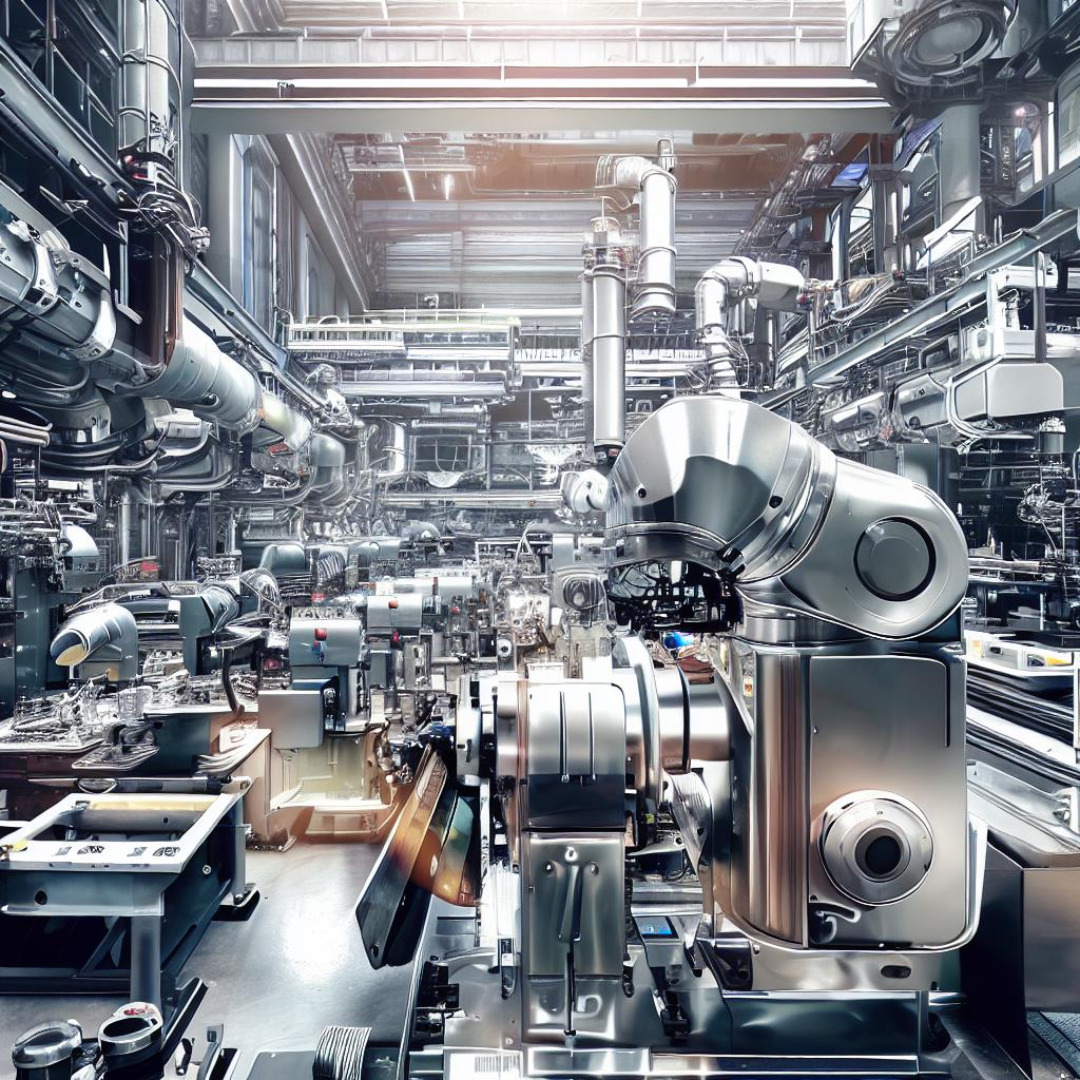Industry 4.0, also known as the Fourth Industrial Revolution, is a term that encapsulates the ongoing transformation in various industries due to the integration of digital technologies and physical systems. This revolution is changing the way we manufacture, produce, and deliver goods and services, leading to increased efficiency and productivity.
What is Industry 4.0?
The term “Industry 4.0” was first introduced at the Hannover Fair in 2011 by the German government to describe the country's high-tech strategy for the digitization of manufacturing. It represents the fourth phase in the industrial revolution, following mechanization (Industry 1.0), mass production (Industry 2.0), and computerization (Industry 3.0).
Industry 4.0 is characterized by the fusion of technologies that blur the lines between the physical, digital, and biological spheres. It involves the use of cyber-physical systems, the Internet of Things (IoT), cloud computing, and cognitive computing. These technologies are integrated into manufacturing and production systems, creating what is often referred to as a “smart factory” 1.
Key Components of Industry 4.0
Cyber-Physical Systems
Cyber-Physical Systems (CPS) are integrations of computation, networking, and physical processes. Embedded computers and networks monitor and control the physical processes, with feedback loops where physical processes affect computations and vice versa 2.
Internet of Things (IoT)
The Internet of Things (IoT) refers to the network of physical objects—“things”—that are embedded with sensors, software, and other technologies for the purpose of connecting and exchanging data with other devices and systems over the internet 3.
Cloud Computing
Cloud computing is the delivery of different services through the Internet, including data storage, servers, databases, networking, and software. In the context of Industry 4.0, cloud computing allows manufacturers to store and analyze vast amounts of data, enabling more efficient and flexible manufacturing processes 4.
Cognitive Computing
Cognitive computing involves self-learning systems that use data mining, pattern recognition, and natural language processing to mimic the way the human brain works. In Industry 4.0, cognitive computing systems can analyze unstructured data to find insights and improve decision making 5.
Conclusion
Industry 4.0 represents a significant shift in the way we produce and manufacture goods. By integrating digital technologies with physical systems, we can create more efficient, flexible, and productive manufacturing processes. As we continue to explore and understand the potential of Industry 4.0, we can look forward to a future of increased innovation and economic growth.

